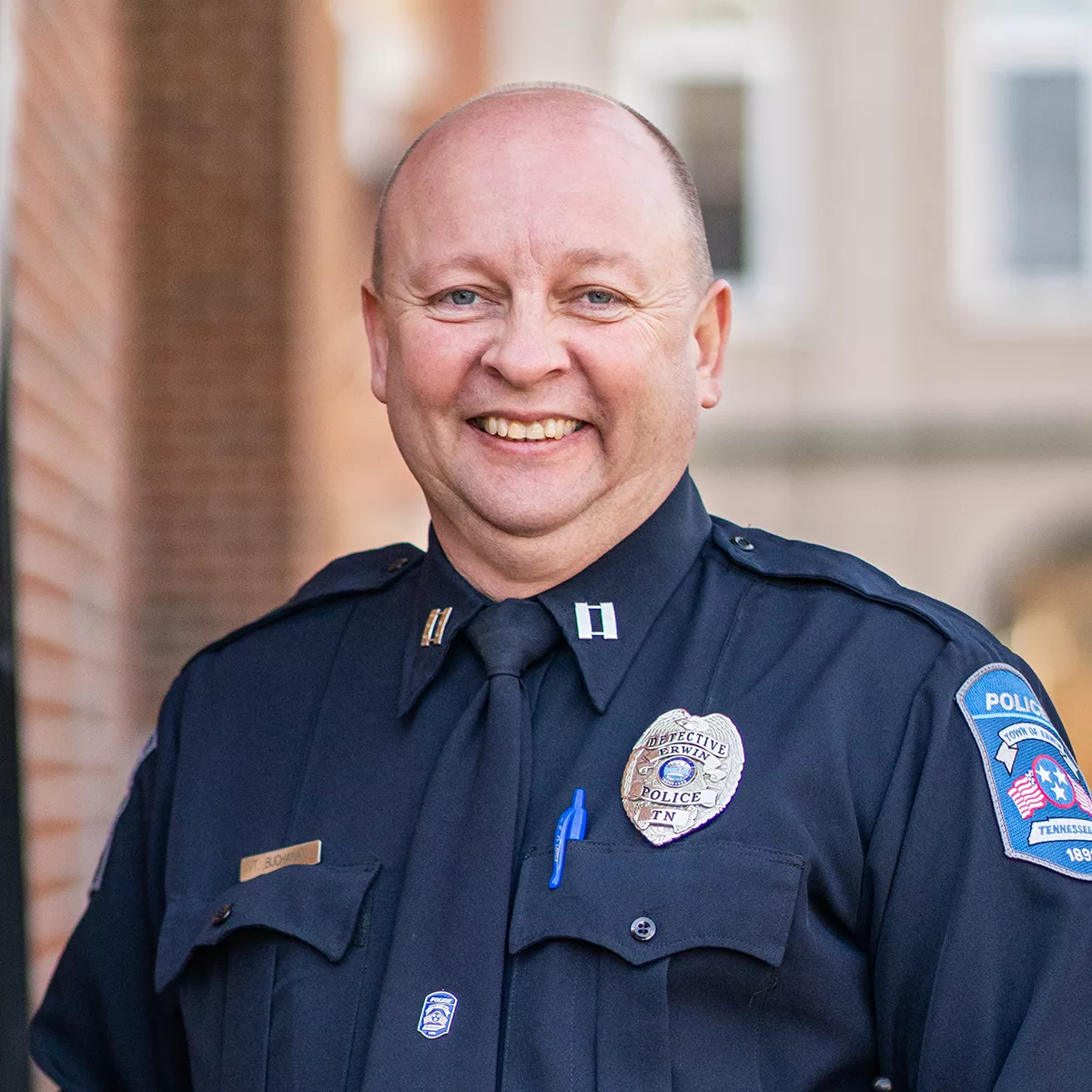Visit Vale Health Marketplace?
You are leaving balladhealth.org to visit Vale Health’s Wellness Marketplace.
Disclaimer: Ballad Health does not sponsor, endorse or recommend any product or resource listed in the marketplace.
A cerebral artery aneurysm is an unusual swelling or “ballooning” in the wall of an artery within the brain. Often referred to as berry aneurysms due to their resemblance in size to a small berry, these aneurysms usually do not cause any symptoms until they grow larger, start leaking blood or rupture.
An unruptured aneurysm may not be large enough to cause symptoms. It is important to understand that not all these symptoms may be present.
However, if this happens do not have a family member/friend take you in a private vehicle to the hospital, and do not attempt to drive yourself. This is an emergency and may require first responders to use lifesaving procedures in an ambulance; getting help immediately is extremely important.
If a brain aneurysm does rupture, it will usually cause bleeding into the space around the brain which is called a subarachnoid hemorrhage (SAH). A rupture can cause sudden symptoms that include:
Also, if an aneurysm does rupture, several things can affect the outcome or prognosis. These include:
About 25% of people with a ruptured aneurysm die within 24 hours. Another 25% have problems that lead to death within six months.
If you experience any of the symptoms of a ruptured aneurysm, CALL 911.
If an unruptured brain aneurysm presses on nerves in your brain, it can cause signs and symptoms that include:
Contact your healthcare provider if you have any of the above symptoms or if you experience a change in chronic headache patterns (meaning intensity or frequency of headaches).
The F.A.S.T. initiative is a simple way to remember how to spot the signs of a stroke and what to do if you think someone is having one. Here’s what F.A.S.T. means:
Acting F.A.S.T. can make a huge difference in recovery from a stroke!
A brain artery aneurysm happens when a blood vessel wall in the brain gets weak. Several things can make this weakness more likely:
We understand how challenging it can be to break free from the grip of tobacco and nicotine addiction. That’s why we offer free support and resources to help you quit smoking and using other tobacco products. Learn more about our free tobacco cessation program, including our free nicotine replacement therapy.
Specific imaging tests to check for unruptured brain aneurysms are not usually advised unless you are at high risk or have new concerning symptoms.
Screening can be performed by your doctor. Ask your doctor about possible screening benefits if you have:
A sudden, intense headache or similar signs might indicate a burst aneurysm and will need immediate tests. Emergency tests can determine if blood has leaked into the area surrounding your brain, a condition called subarachnoid hemorrhage. They can also identify if you have experienced a different kind of stroke.
For an unruptured brain aneurysm, screening tests and procedures can be used for diagnosis. Imaging and other diagnostic tests include:
A ruptured brain aneurysm may cause sudden severe headache, nausea, vomiting, neck stiffness, unconsciousness and stroke-like symptoms. Any of these signs demand immediate medical care.
Treatment varies based on the aneurysm’s size, location, infection status and whether it has ruptured. Treatment strategies can range from supportive care with aggressive medications, to catheter-based procedures or surgery to stop bleeding or seal off or remove an aneurysm.
While it may not be possible to completely prevent brain aneurysms, several steps can be taken to reduce the risk:
Our extensive network of highly trained cardiologists, surgeons and advanced practice providers are here to support you and help you navigate a heart-related diagnosis.
Learn more about heart and vascular services at Ballad Health.
We understand that receiving a cerebral artery aneurysm diagnosis can be overwhelming. Our goal is to alleviate your fears and help you to understand your condition.
We have an informational video library, education tools and heart-related FAQs so that you have the resources you need.




Our patients inspire us every day, and we’re honored when they trust us with their care. They tell their stories best, so we’ve gathered a few here to share with you.
Many of these patients received life-saving care for heart conditions when they weren’t experiencing any symptoms. These experiences have changed they way they look at their individual care and helped them see the importance of regular preventive screenings.